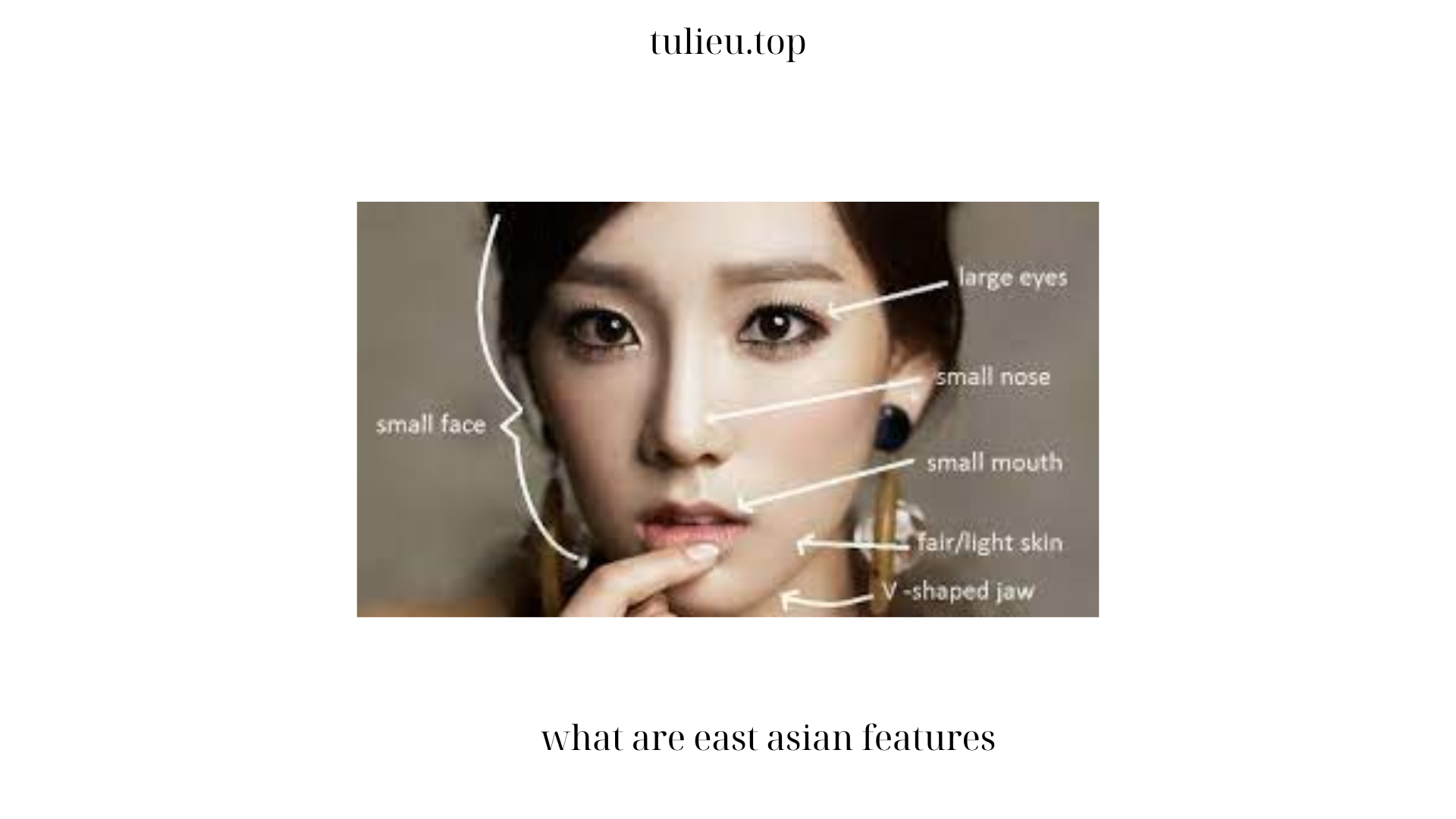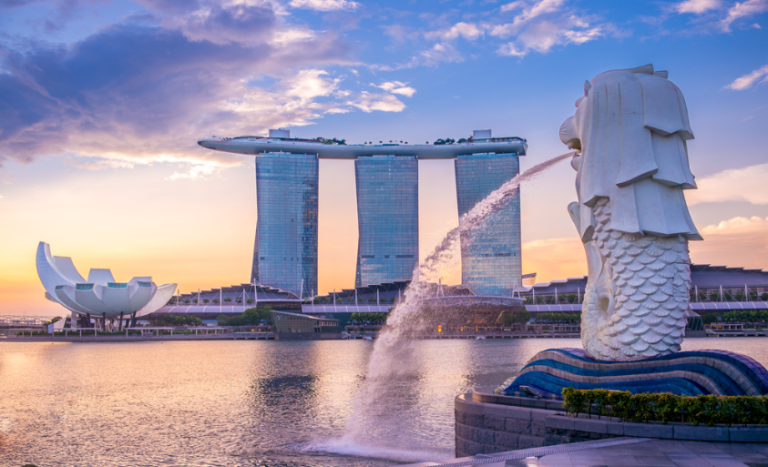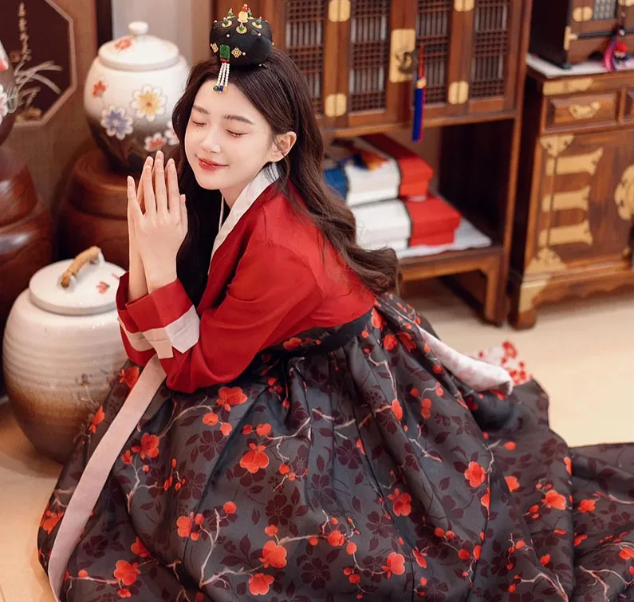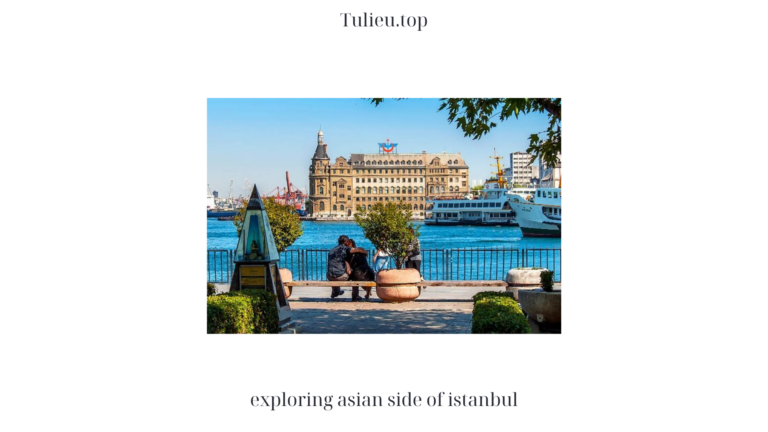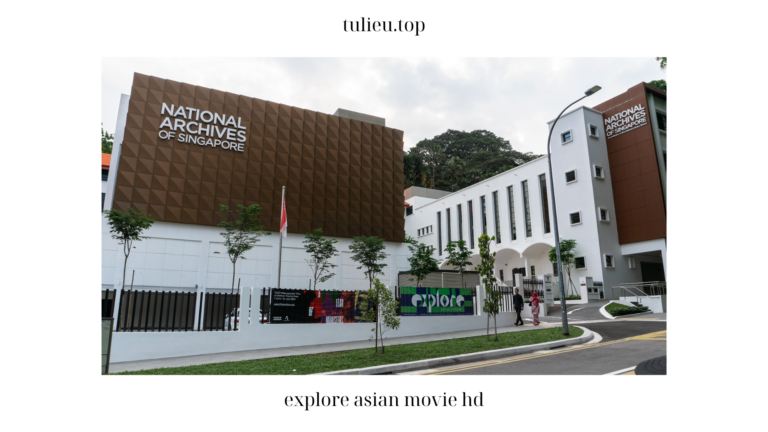Exploring What are East Asian Features: A Comprehensive Overview
East Asia is home to a rich tapestry of cultures and ethnicities, each with its own unique set of physical features. The facial characteristics of East Asians have long fascinated researchers, artists, and enthusiasts alike. In this comprehensive overview, Tulieutop will delve into the distinct traits that define what are east asian features, exploring their origins, cultural significance, and the diversity that exists within this vast region.
Exploring What are East Asian Features: A Comprehensive Overview
Exploring what are East Asian features reveals a captivating tapestry of diversity, history, and cultural significance. From the distinct eye shapes to variations in facial structure and skin tones, what are East Asian features reflect the complexity and richness of the region’s ethnicities and genetic heritage. By appreciating the individuality and challenging stereotypes, we can foster a more inclusive and understanding society that embraces the beauty of all features, regardless of cultural background.
- The Diversity of East Asian Ethnicities:
East Asia encompasses countries such as China, Japan, Korea, Mongolia, and Taiwan, among others. Each of these nations has its distinct ethnic groups, resulting in a wide range of features and variations within East Asian populations. It is essential to recognize that what are East Asian features are not homogeneous but rather reflect the diverse genetic backgrounds and historical migrations that have shaped the region. - Common East Asian Facial Traits:
While there is considerable diversity among East Asian populations, several facial traits are often associated with the region. These include distinctive eye shapes, such as the epicanthic fold, which gives the appearance of a single eyelid or a narrower eye opening. Additionally, East Asians tend to have straight or slightly wavy hair, a range of skin tones from pale to medium, and facial structures characterized by flatter cheekbones and a more prominent jawline. - Origins and Genetic Influences:
The origins of what are East Asian features can be traced back to both genetic and environmental factors. Genetic studies have revealed specific variations in genes associated with facial morphology, contributing to the unique traits observed in East Asians. Additionally, environmental factors such as climate, diet, and cultural practices over generations may have influenced the development of certain facial characteristics. - Cultural Significance and Beauty Standards:
East Asian features have played a significant role in shaping cultural ideals of beauty within the region. Historically, attributes like fair and smooth skin, a v-shaped face, and double eyelids have been considered desirable. However, it is important to note that beauty standards are subjective and can vary across different societies and time periods. Appreciating the diversity of what are East Asian features and challenging narrow beauty ideals is crucial for fostering inclusivity and self-acceptance.
- The Role of Media and Representation:
Media and popular culture have a profound impact on shaping perceptions of what are East Asian features. In recent years, there has been an increased push for more diverse and authentic representations of East Asians in media, challenging stereotypes and showcasing the beauty of various faces and features. This shift highlights the importance of promoting inclusivity and breaking down stereotypes associated with East Asian appearances. - Exploring what are East Asian features reveals a captivating tapestry of diversity, history, and cultural significance. From the distinct eye shapes to variations in facial structure and skin tones, what are East Asian features reflect the complexity and richness of the region’s ethnicities and genetic heritage. By appreciating the individuality and challenging stereotypes, we can foster a more inclusive and understanding society that embraces the beauty of all features, regardless of cultural background.
- Beauty Practices and Trends:
East Asian beauty practices have evolved over centuries, with a focus on skincare, makeup techniques, and hairstyling. From traditional herbal remedies to modern skincare innovations, East Asian beauty rituals often prioritize achieving radiant and healthy skin. Additionally, makeup trends that enhance and emphasize certain facial features, such as the use of eyelid tape or eyeliner to create the appearance of a double eyelid, have gained popularity. - East Asian Features in the Global Context:
East Asian features have gained recognition and appreciation beyond the bounds of the region. The globalization of media and increased cultural exchange have contributed to a broader understanding and celebration of East Asian beauty. East Asian models, actors, and musicians have gained prominence in the international arena, challenging traditional Western-centric beauty standards and fostering a more inclusive representation of diverse features. - Embracing Diversity and Challenging Stereotypes:
It is crucial to approach discussions of what are East Asian features with sensitivity, recognizing the individuality and complexity within the region. Stereotypes and generalizations can perpetuate harmful biases and overlook the rich diversity that exists among East Asian populations. Embracing and celebrating this diversity is essential for fostering inclusivity and promoting a more nuanced understanding of beauty and identity.

Conclusion:
Exploring what are East Asian features reveals a captivating tapestry of diversity, history, and cultural significance. From the distinct eye shapes to variations in facial structure and skin tones, what are East Asian features reflect the complexity and richness of the region’s ethnicities and genetic heritage. By appreciating the individuality and challenging stereotypes, we can foster a more inclusive and understanding society that embraces the beauty of all features, regardless of cultural background.
